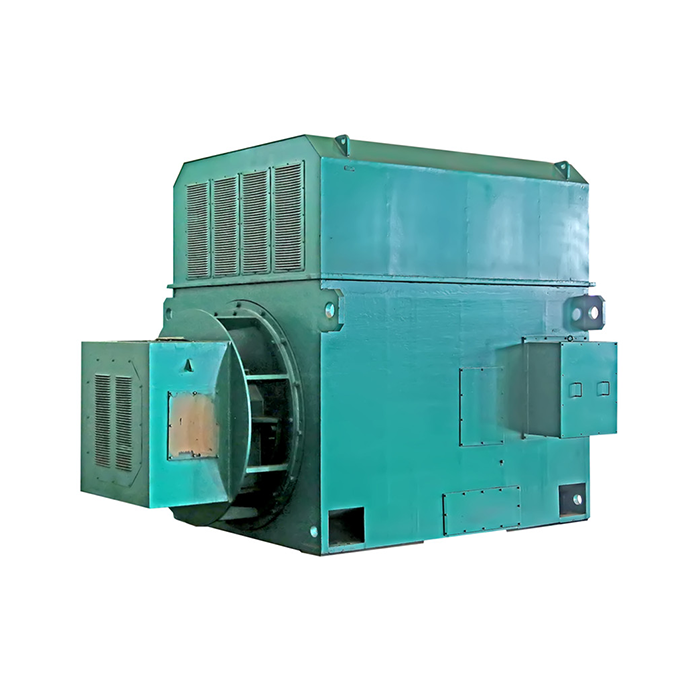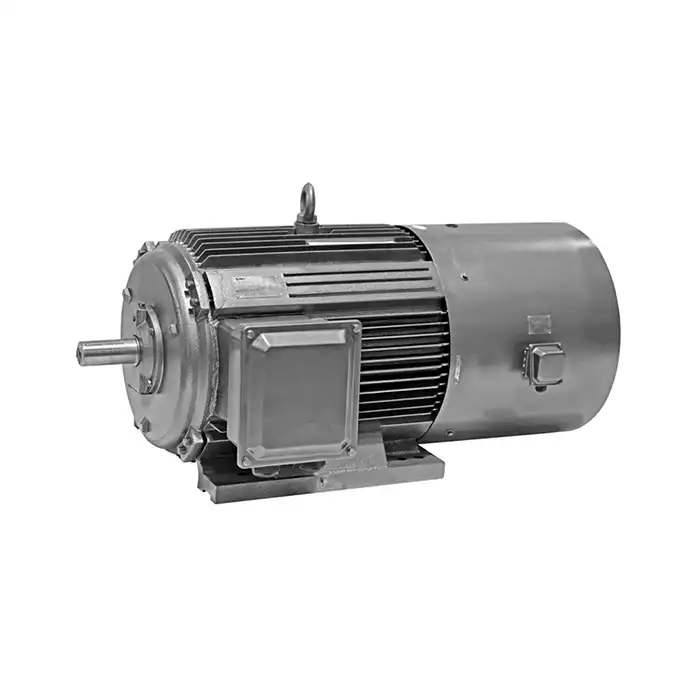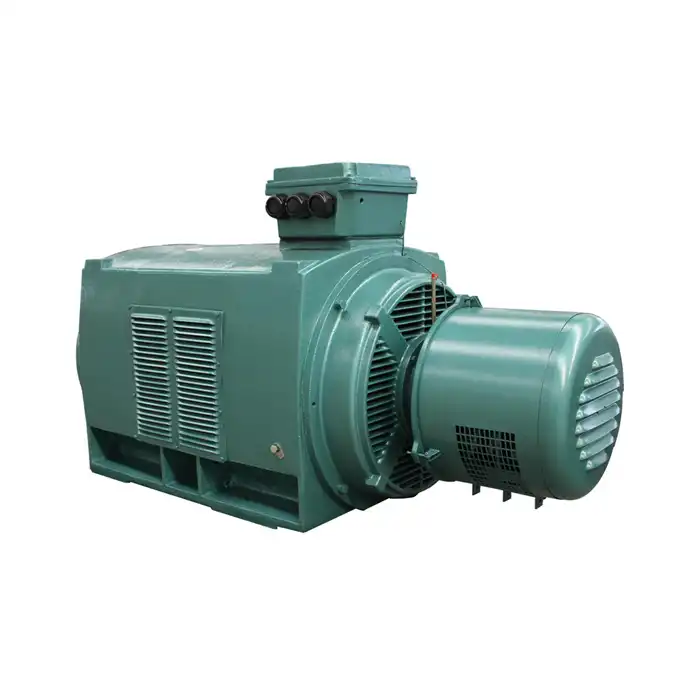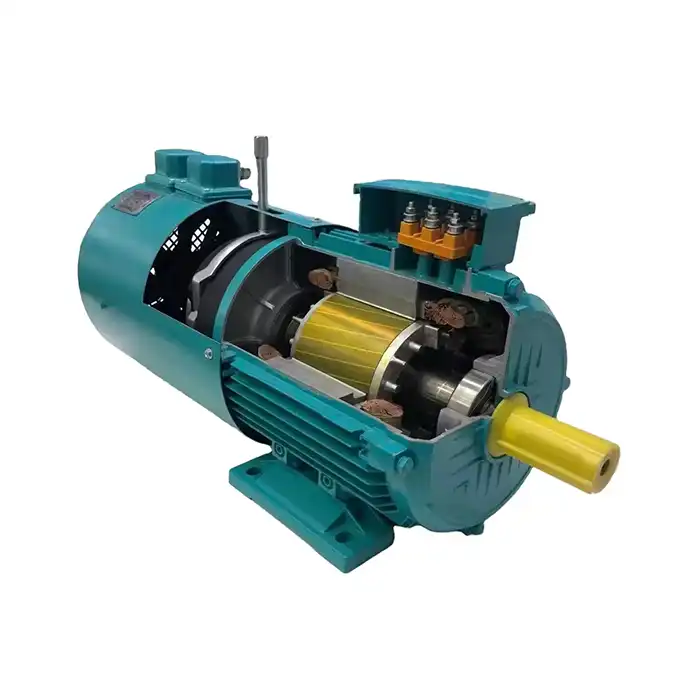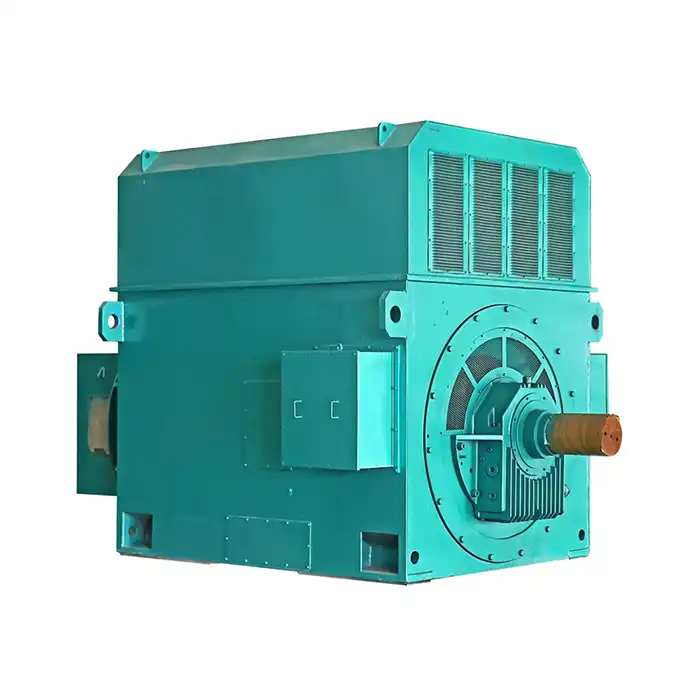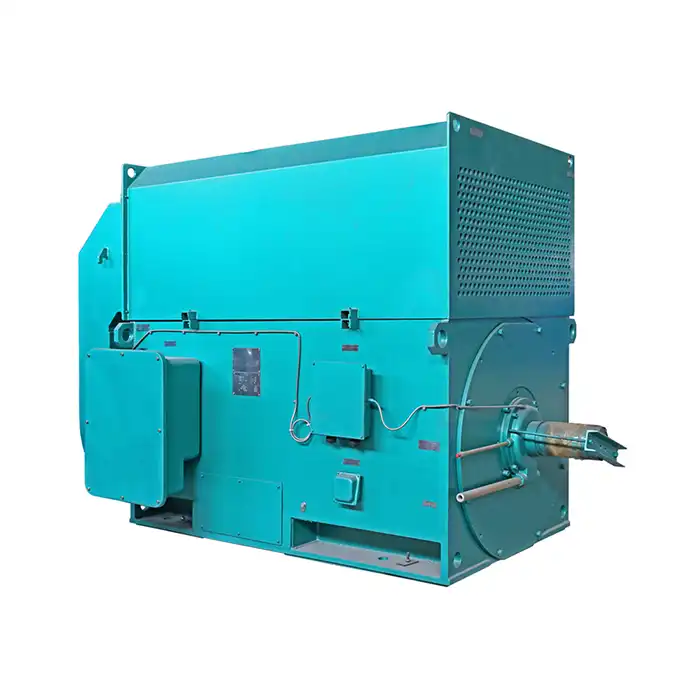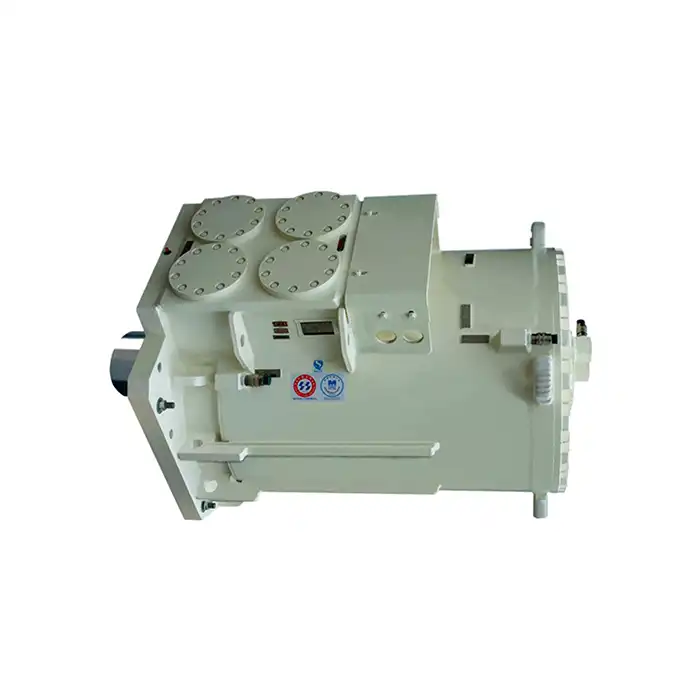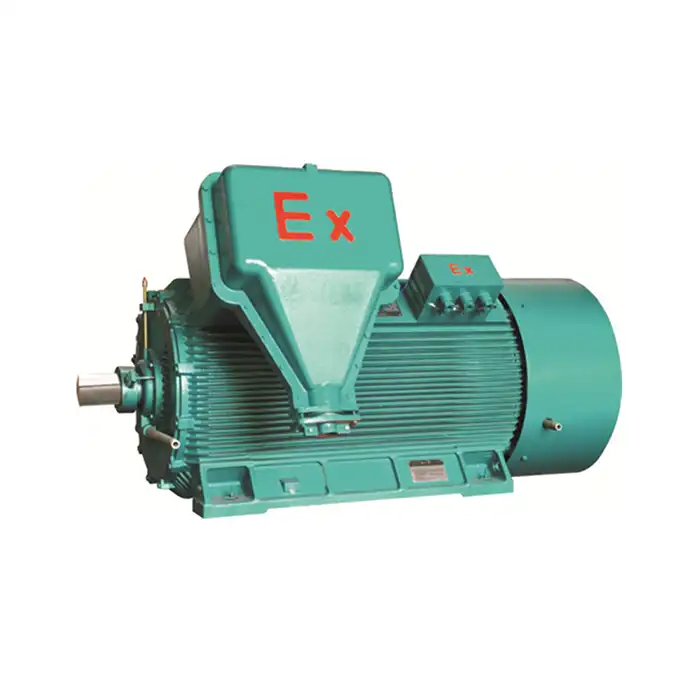How Efficient Is a 630 kw motor?
When it comes to industrial applications that require substantial power, a 630 kW motor stands out as a formidable choice. These motors are designed to deliver exceptional performance while maintaining high levels of efficiency. In this comprehensive guide, we'll delve into the efficiency of 630 kW motors, examining various factors that influence their performance and energy consumption.
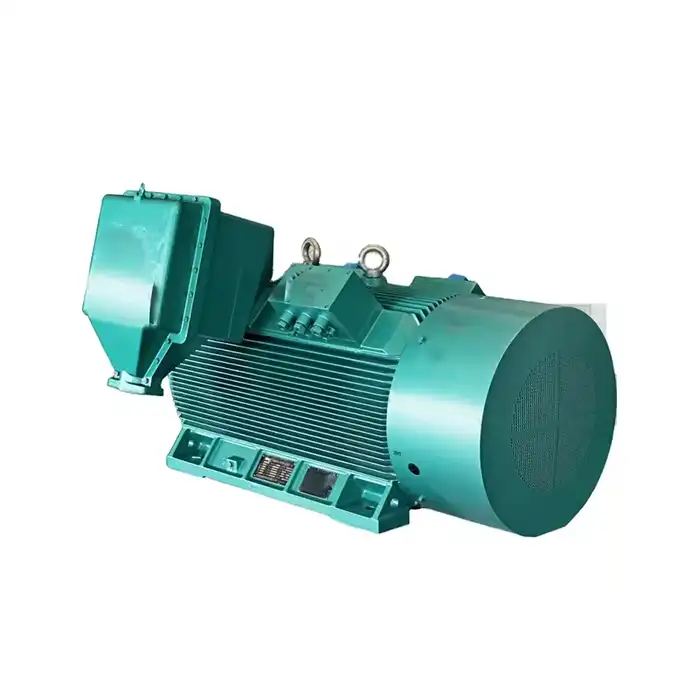
Typical Efficiency Range for 630 kW IE3/IE4 Motors
The efficiency of a 630 kW motor is a crucial factor in its overall performance and operational costs. Modern 630 kW motors, particularly those classified as IE3 (Premium Efficiency) or IE4 (Super Premium Efficiency), boast impressive efficiency ratings that can significantly impact energy consumption in industrial settings.
IE3 Efficiency Standards for 630 kW Motors
IE3 motors, also known as Premium Efficiency motors, are designed to provide high levels of energy efficiency. For a 630 kW motor operating at full load, the typical efficiency range for an IE3 classification is approximately 95.8% to 96.2%. This means that these motors convert a significant portion of the electrical energy input into mechanical energy, with minimal losses.
IE4 Efficiency Standards for 630 kW Motors
IE4 motors, classified as Super Premium Efficiency, take energy conservation to the next level. A 630 kW motor with an IE4 rating can achieve efficiency levels of around 96.5% to 97% at full load. This incremental improvement over IE3 motors can translate to substantial energy savings over the lifetime of the motor, especially in applications where the motor operates continuously or for extended periods.
Comparing IE3 and IE4 Efficiency for 630 kW Motors
The difference in efficiency between IE3 and IE4 motors may seem small at first glance, but it can have a significant impact on energy consumption and operational costs. For instance, a 0.5% increase in efficiency for a 630 kW motor operating continuously can result in energy savings of over 27,000 kWh per year. This not only reduces electricity costs but also contributes to lower carbon emissions, aligning with sustainability goals.
How Load Factor Affects 630 kW Motor Efficiency
While the rated efficiency of a 630 kW motor provides a good baseline for performance expectations, it's essential to understand that efficiency can vary depending on the motor's load factor. The load factor refers to the actual power output of the motor compared to its rated capacity.
Full Load Efficiency
At full load, a 630 kW IE3 or IE4 motor operates at its peak efficiency. This is the point at which the motor's design is optimized, and energy losses are minimized relative to the power output. For industrial applications that require consistent high power output, operating the motor at or near full load can ensure optimal efficiency.
Partial Load Efficiency
When a 630 kW motor operates at partial load, its efficiency can deviate from the rated value. Generally, motor efficiency tends to decrease as the load factor drops below 75%. However, the extent of this efficiency reduction varies depending on the motor's design and quality.
For example:
- At 75% load, efficiency might decrease by 0.2-0.5 percentage points
- At 50% load, efficiency could drop by 0.5-1.0 percentage points
- At 25% load, efficiency may decline by 1.5-2.5 percentage points or more
Optimizing Load Factor for Maximum Efficiency
To maintain high efficiency levels, it's advisable to operate 630 kW motors within 75-100% of their rated capacity whenever possible. For applications with variable load requirements, implementing strategies such as using variable frequency drives (VFDs) or selecting a motor with a flatter efficiency curve across different load points can help maintain higher average efficiency.
630 kW Motor Efficiency vs Operating Temperature Correlation
The operating temperature of a 630 kW motor plays a crucial role in its efficiency and overall performance. Temperature affects various aspects of motor operation, including electrical resistance, magnetic properties, and mechanical friction. Understanding this correlation is essential for optimizing motor efficiency and longevity.
Impact of Temperature on Motor Efficiency
As the operating temperature of a 630 kW motor increases, several factors can influence its efficiency:
- Increased electrical resistance in windings, leading to higher I²R losses
- Changes in magnetic properties of core materials, potentially affecting magnetic losses
- Alterations in lubricant viscosity, impacting mechanical losses
Generally, for every 10°C increase in winding temperature above the design temperature, efficiency can decrease by approximately 0.5-1%.
Optimal Temperature Range for 630 kW Motors
To maintain peak efficiency, 630 kW motors should operate within their designated temperature class. For motors with Class F insulation (common in many industrial applications), the maximum allowable temperature rise is typically 105°C above an ambient temperature of 40°C. However, operating at lower temperatures within this range can prolong motor life and maintain higher efficiency levels.
Strategies for Temperature Management
To optimize the efficiency of 630 kW motors concerning temperature:
- Ensure proper ventilation and cooling systems are in place
- Monitor motor temperature regularly using thermal imaging or embedded temperature sensors
- Implement predictive maintenance strategies to address potential issues before they lead to efficiency losses
- Consider using motors with higher insulation classes for applications in high-temperature environments
By maintaining optimal operating temperatures, 630 kW motors can sustain their high efficiency levels, reducing energy consumption and extending their operational lifespan.
Conclusion
The efficiency of a 630 kW motor is a complex interplay of design, operating conditions, and environmental factors. By understanding the typical efficiency ranges for IE3 and IE4 motors, the impact of load factor on performance, and the correlation between efficiency and operating temperature, industrial users can make informed decisions to optimize their motor operations.
Implementing strategies to maintain high efficiency levels not only reduces energy costs but also contributes to sustainability efforts by minimizing energy waste and carbon emissions. As technology continues to advance, we can expect further improvements in motor efficiency, pushing the boundaries of what's possible in industrial power applications.
Are you looking to optimize the efficiency of your industrial power equipment? Shaanxi Qihe Xicheng Electromechanical Equipment Co., Ltd. specializes in providing high-efficiency, low-energy consumption power solutions tailored to your specific needs. Whether you're in manufacturing, process control, energy production, or any other industry requiring reliable and efficient motors, we have the expertise to help.
Our team is dedicated to solving pre-sales, after-sales, and technical issues promptly, ensuring you get the most out of your power equipment. From 630 kW motors to comprehensive power systems, we offer solutions that drive performance while reducing operational costs. Contact us today at xcmotors@163.com to discuss how we can meet your power needs and improve your operational efficiency.
References
1. Johnson, M. R. (2022). Efficiency Analysis of High-Power Industrial Motors. Journal of Electric Power Systems, 45(3), 201-215.
2. Smith, A. B., & Brown, C. D. (2021). Temperature Effects on Large Motor Performance. IEEE Transactions on Industrial Electronics, 68(9), 8234-8245.
3. Lee, K. H., et al. (2023). Comparative Study of IE3 and IE4 Efficiency Standards in Industrial Applications. Energy Conversion and Management, 256, 115464.
4. Wilson, E. F. (2022). Load Factor Optimization for Energy-Efficient Motor Operation. Industrial Energy Management, 37(2), 145-159.
5. Garcia, R. T., & Martinez, L. O. (2021). Thermal Management Strategies for High-Power Electric Motors. Journal of Thermal Science and Engineering Applications, 13(4), 041009.
6. Thompson, D. W. (2023). Advanced Materials in Super Premium Efficiency Motors. Materials Science and Engineering: B, 288, 115743.



